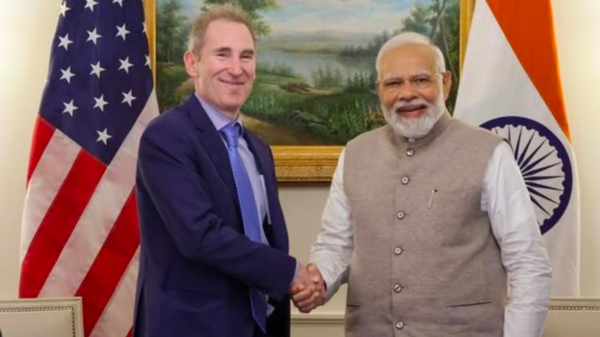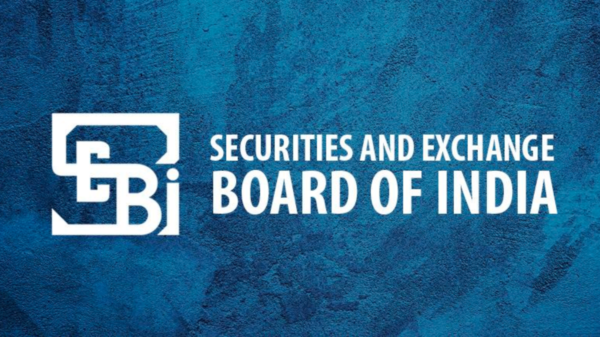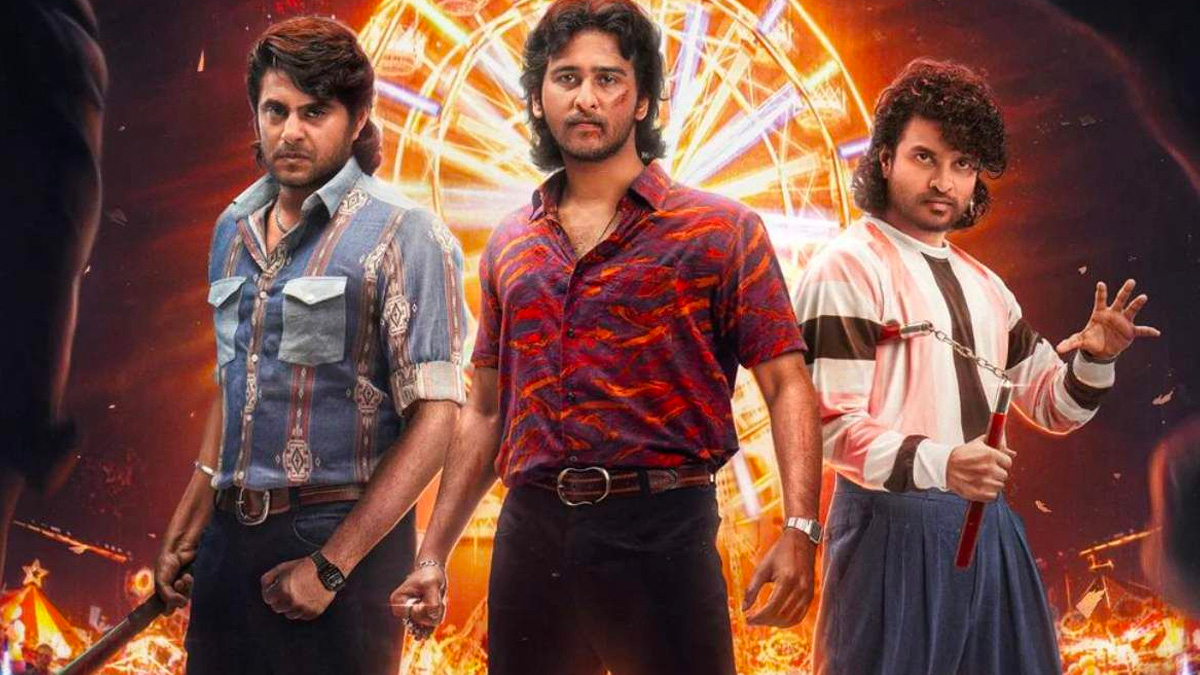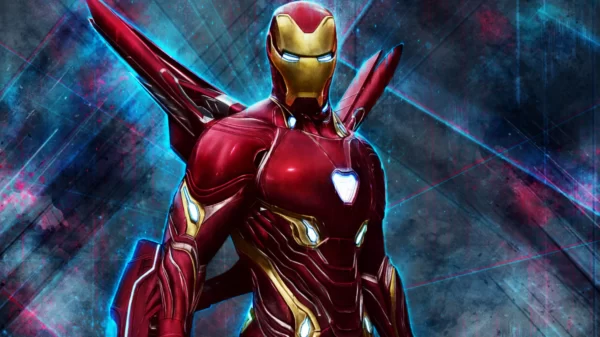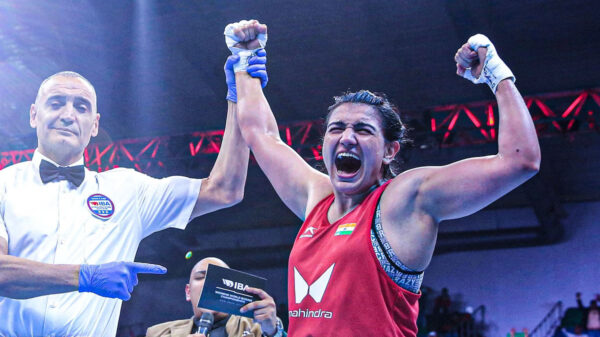RDX movie, starring Shane Nigam, Antony Varghese, and Neeraj Madhav, is an explosive addition to the realm of Malayalam cinema’s absolute mass entertainers, skillfully incorporating all the essential components throughout the film. Can anything be more potent than a well-executed mass movie that ignites large crowds and immerses them in intense excitement? The crucial factor, however, lies in seamlessly integrating the mass elements into the film’s fabric rather than inserting them haphazardly. When these elements flow organically, the triumph of a mass entertainer in India becomes unstoppable, as evident from recent blockbusters like Rajinikanth’s “Jailer,” Kamal Haasan’s “Vikram,” Mammootty’s “Bheeshma Parvam,” and Mohanlal’s “Lucifer.”
A Powerful Ensemble of Characters and Storytelling
Debutant director Nahas Hidayath’s “RDX: Robert Dony Xavier” swiftly catapults itself into the league of Malayalam cinema’s ultimate crowd-pullers, ingeniously weaving together all the essential components.
The narrative of RDX revolves around three protagonists – Robert (Shane Nigam), Dony (Antony Varghese), and Xavier (Neeraj Madhav), with Robert and Dony sharing a sibling bond. Proficient in the martial art of Karate, the trio radiates fearlessness, equipped to conquer any challenge. Yet, a series of unfortunate events disrupt their paths, leading them on separate journeys. Destiny, however, orchestrates their reunion, culminating in a powerful convergence. Unlike other films that tend to excessively emphasize a single actor and their role, based on star power, the well-crafted screenplay of RDX, penned by Adarsh Sukumaran and Shabas Rasheed, ensures a harmonious significance for all three lead characters.
Seamless Blend of Past and Present
The individual introductions of Robert, Dony, and Xavier, set in 2005, seamlessly resonate with their current life situations, while catering to the desired mass appeal. Conversely, the late 90s flashback introduces them together, underscored by dynamic stylization, underscoring the unity among the trio. A standout aspect of RDX’s script is its opening sequence, spanning several minutes, meticulously laying the groundwork for forthcoming events. This sequence adeptly acquaints viewers with a substantial number of key characters, delving into their traits and the bonds they share.
In the present timeline of RDX, the trio emerges as individuals who have matured and evolved. In contrast, the flashback illuminates their earlier selves and the transformative journey that has sculpted their present identities. The script adroitly structures moments to create a seamless narrative progression leading to a compelling climax. This masterful script elevates Nahas’ directorial vision of RDX beyond the ordinary, transcending common action-revenge narratives. While a more precise trimming of the script could have intensified the impact, Nahas’ conceptualization of RDX deserves commendation. His adept control over the film and his visionary execution elevate RDX to embody its namesake, leaving an explosive impression on audiences.
Unforgettable Action Sequences and Stellar Performances
The stunt choreographer duo Anbariv shines brilliantly in this action-packed spectacle. Their exceptional expertise, evident in movies like KGF, Vikram, and Sarpatta Parambarai, resonates within RDX. Each successive fight scene outshines the previous one, vividly showcasing their attention to detail in capturing the trio’s youthful energy in the flashback and their present-day composure. Leveraging the prowess of Karate and the remarkable agility of the lead actors, Anbariv bestows Malayalam cinema with an unforgettable action extravaganza.
Shane, Antony, and Neeraj deliver impressive performances in their respective roles, despite the story’s lackluster nature constraining them from standout moments. Through RDX, Shane effectively silences critics who dub him the ‘Depression Star,’ unveiling his potential for remarkable feats. Lal, Mahima Nambiar, Aima Rosmy Sebastian, Maala Parvathi, and Baiju also shine, although the narrative’s limitations restrict their opportunities. While audiences naturally anticipate intense action from Babu Antony in any film, RDX initially withholds that excitement, later delivering a captivating and justifiable climax.
Technical Brilliance and Overall Impact
Alex J Pulickal’s cinematography adeptly captures the movie’s essence, especially its dynamic action sequences. Yet, it is Sam CS’ background music that truly captivates, enhancing moments in an exceptional manner. Regrettably, the absence of Jakes Bejoy’s song “Halaballoo” from the final version slightly dampens the mood, as it held the potential to elevate the overall experience.
Chaman Chakko’s editing impresses at various junctures, though it falters during some fight scenes due to excessive cuts that disrupt the viewing experience. Producer Sophia Paul stated that RDX fulfilled expectations for a multi-starrer with action, family-oriented content, and choreographed songs suitable for the big screen. Undoubtedly, RDX meets these criteria and offers Malayalam audiences the long-awaited gift of electrifying cinematic entertainment.
In essence, RDX emerges as the coveted gift Malayalam cinema enthusiasts have yearned for – a theatrical experience that matches the adrenaline-pumping spectacles found in other languages.
Source: The Indian Express






